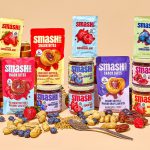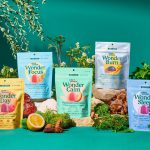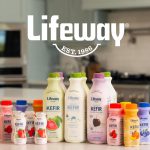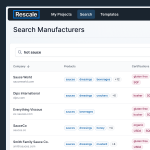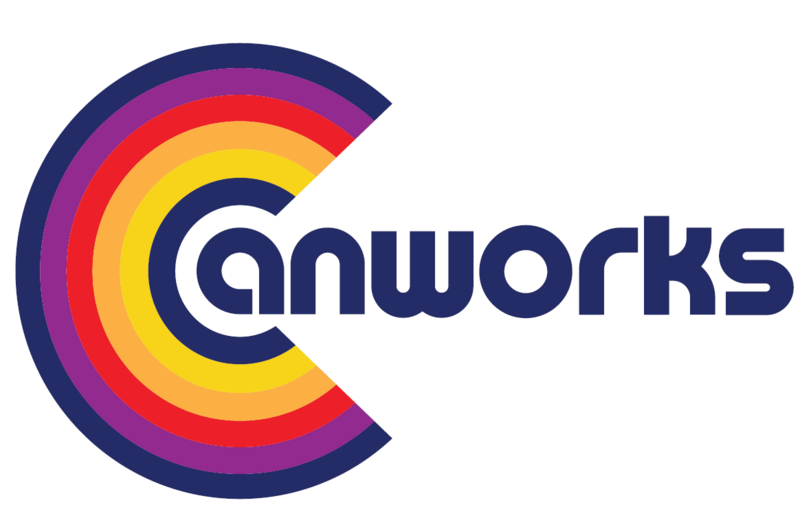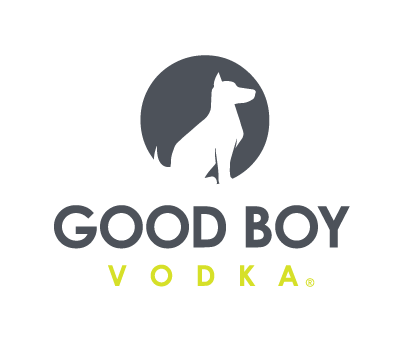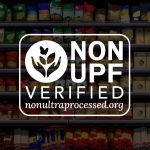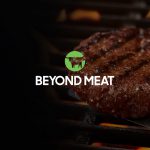Kraft Heinz Seeks To Deliver Value As Sales, Volumes Decline

The Kraft Heinz Company lowered its full-year outlook after reporting lower-than-expected Q2 earnings yesterday, citing “cautious” consumer sentiment on grocery prices amidst downtrading across center-store categories.
As it enters the second half of the year, CEO Carlos Abrams-Rivera said Kraft Heinz will make strategic price investments and ramp up marketing efforts to close the “price gap” between its products and closest competitors in an effort to get volume growth trending upward.
“While we are now expecting a more gradual top-line improvement in the back half of the year, we continue to unlock efficiencies that are allowing us to make accretive investments in our brands, grow profits, and drive future sales growth,” said Abrams-Rivera in a prepared statement.
Net sales declined 3.6% in the quarter to $6.5 billion while organic net sales dropped 2.4%. Those results come as prices only increased 1% in North America and emerging markets and volumes dropped 3.4%, indicating that lingering high prices, rather than new price increases, are beginning to drag down the business’ bottom line.
Operating income decreased by 62.1%, and diluted earnings per share dropped 90.1% to $0.08 while adjusted EPS was down 1.3% to $0.78.
In the face of these declines, Abrams-Rivera emphasized that Kraft Heinz has been working to unlock additional operational efficiencies and improve productivity. Free cash flow was up 8.7% to $1.2 billion, and the company’s gross profit margin gained 180 basis points, reaching 35.4%. According to Abrams-Rivera, that margin growth will be less of a focus and likely decelerate during the second half of the year.
According to Abrams-Rivera, Kraft Heinz will invest more heavily in promotions as it works to compete on price with competitors, including private label, and lure consumers back in; but CFO Andre Maciel emphasized that this strategy is all part of the company’s original plan.
While it will make selective promotional and trade spend investments in the second half of the year, including across about “30% to 40% of the portfolio” where the company believes incremental investments can close price gaps, that strategy will only be applied for a short term, Maciel stated.
“We believe that looking forward, we are more focused on those price gaps versus branded competitors and in places where it makes sense for the long term. The way we want to grow the business is not through over relying on promotions and rather continue to invest behind our innovation, our renovation and our market investments,” he said.
Abrams-Rivera told investors on the call that by “renovating, innovating, doubling the marketing spend, improving the media mix, improving the targeting strategies and increasing the value equation,” sales of Lunchables – down 17% in Q2 – are rebounding. Similar approaches will be taken to restore volume growth for Capri Sun and the company’s flagship mac and cheese.
“It’s applying the playbook that we have – from renovating and innovating – and at the same time, making sure we are providing access to families as they’re shopping… whether they’re going from a dollar store to grocery to club – our brands continue to be there. Those are all things that you’ll see us continue to add as we go forward into the second half of the year,” Abrams-Rivera said.

